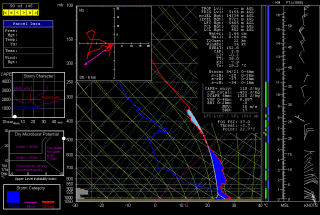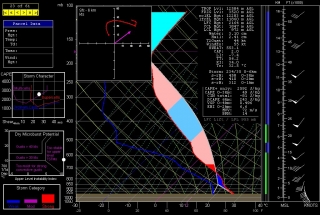Saturday I played with the Ed Englerth Band at the Buttermilk Jamboree near Delton, Michigan. This was the first of what is likely to become an annual all-weekend event at the Circle Pines Camp in the heart of rural Barry County. It was a fun and interesting festival that combined music and arts with the cooperatively owned camp’s longstanding values of ecology and sustainable living. As you might expect, the festival drew an eclectic crowd of every age, from old hippies to young musicians and everything between and beyond. Picture Woodstock in the woods and you’ve got the idea.
In the midst of this colorful hodgepodge, Ed, Alan, Don, and I did an evening performance on the Sugar Bush Stage. Oddly, while we appeared in the online schedule, the paper printout didn’t include us. We drew a decent group of listeners regardless, and Ed sold a few CDs from his newly minted album, Hope. Dream. Sigh. The CD is in fact so new that Ed paid extra for an early shipment, which arrived at his door mere hours before showtime.
I want to talk a little about Hope. Dream. Sigh. I’m hesitant to say that it’s Ed’s best effort yet because his last CD, Restless Ghost, is so bloody good. But this CD is at least of that same caliber, and some of the arrangements are easily the most ambitious yet. This is largely due to the way that Ed utilized me on the saxophones. This is the first of his albums on which we…
.
Ed is a fantastic songwriter and lyricist who steadfastly resists categorization. That’s one reason why I respect him as an artist and love him as a friend. The man has integrity as well as soul. Moreover, in Alan Dunst on drums, Don Cheeseman playing bass, and, I trust, me on the saxophones, Ed has found a small, steady core of fellow musicians and brothers in Christ who grasp and believe in his music. Each album displays growth, new directions, fresh creative expressions.
Yes I’m biased. Of course I am–what would you expect? But not so biased that I’d speak this glowingly of Hope. Dream. Sigh. unless I believed it was really just that good. It is. Check it out and see for yourself. I might add that, with 17 tracks, you’ll get more than your money’s worth.
And with that, I’m signing off. Early morning has turned into mid morning and the rest of this Monday stretches before me, with work to do and necessities to attend to. Ciao.



